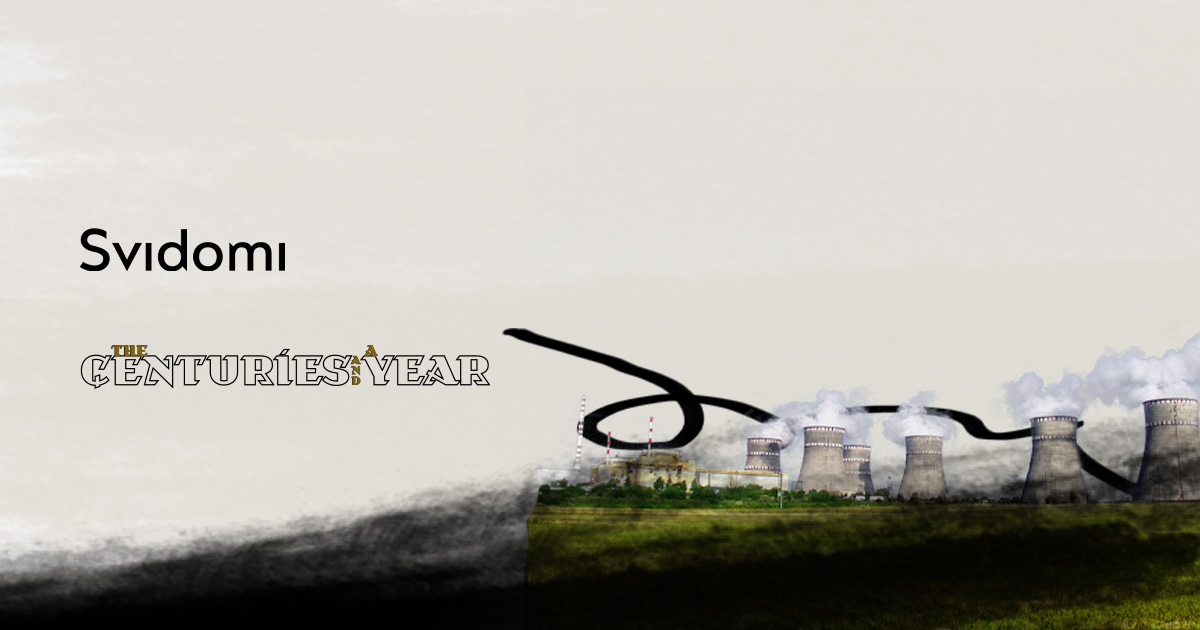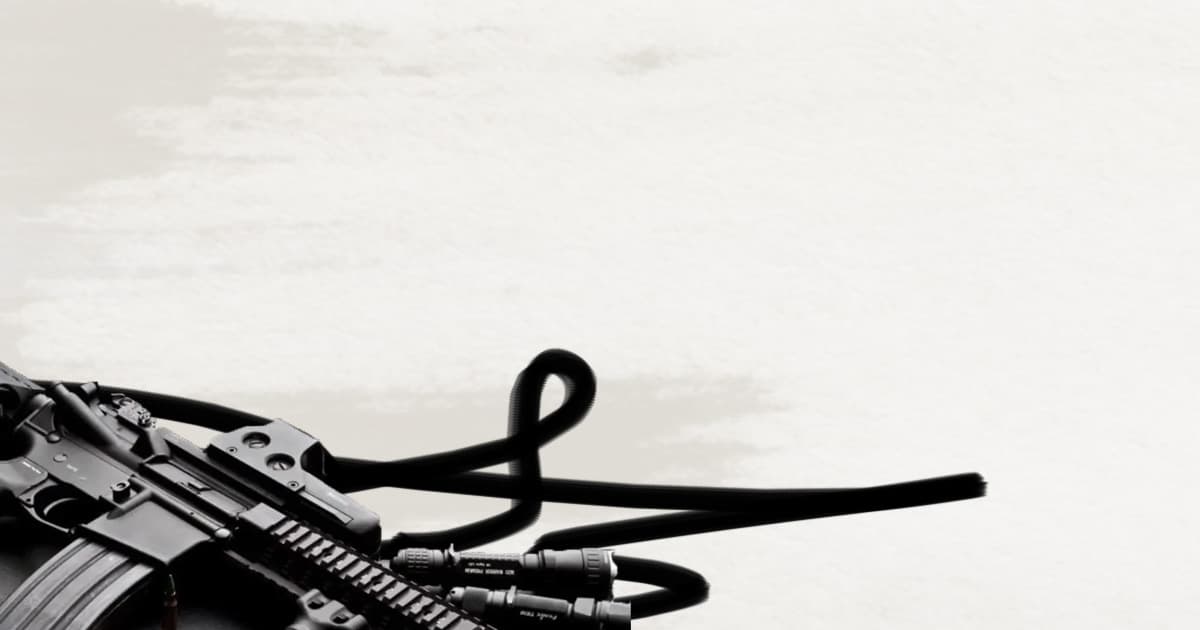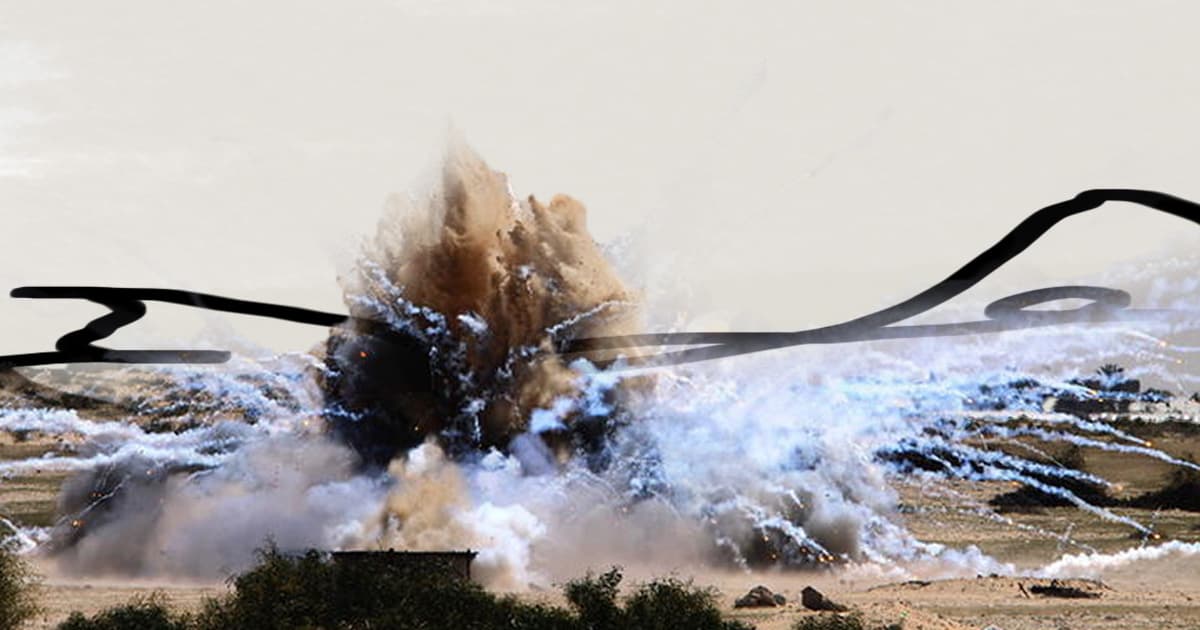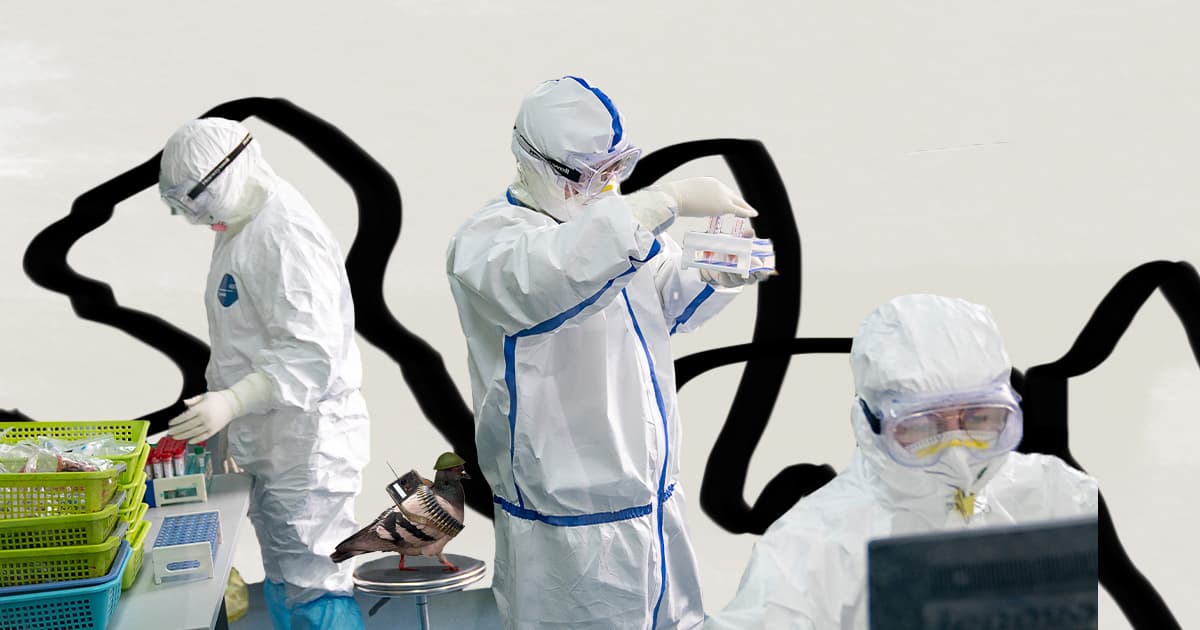What fakes did Russia spread about Ukraine during the war?

The Russian-Ukrainian war is not measured only by the theatre of operations; it continues in the information space. For years, Russia has been spreading disinformation not only in the Ukrainian information space and abroad: broadcasting its channels and engaging so-called "foreign experts" to spread the necessary messages.
In the face of a full-scale invasion, Russia continues to conduct information campaigns to discourage support for Ukraine.
Svidomi has collected the biggest Russian propaganda fakes that Russia has been spreading during the nine years of the Russian-Ukrainian war.
Nazism
Since early 2014, Russia has been spreading the narrative of Nazism in Ukraine. For this purpose, the Russians used propaganda resources and so-called "experts". This mainly concerned the Azov Regiment (Svidomi explained why the regiment was not Nazi in April 2022), but Russians call Nazi almost all volunteer formations in Ukraine.
Later, they began to accuse the Ukrainian government, including Volodymyr Zelenskyy, of Nazism. Russian Foreign Minister Sergei Lavrov accused Zelenskyy of allegedly providing his security to "Nazis for torchlight marches," and Russian Foreign Ministry spokeswoman Maria Zakharova said that Zelenskyy was "about to admit his Nazi views."
These statements are attempts to discredit Ukraine's high military and political command in the eyes of Western society. For Russian society, the fable of Nazism in Ukraine is a justification for war.
There are radical right-wing organisations in Ukraine, like in other European countries or the United States. But these organisations have no political influence: no right-wing or nationalist party has a representation in the Ukrainian parliament.
Ban on the Russian Language
Another fake that Russia uses to justify its aggression is the alleged ban on the Russian language in Ukraine. This thesis has been used since 2014, claiming that Russian speakers in the east "need protection."
In their propaganda, the Russians refer to the Law "On supporting the functioning of the Ukrainian language as the State language," which the Verkhovna Rada adopted in April 2019. In particular, the law stipulates that only Ukrainian is the state language in Ukraine, but Russian is not prohibited at the individual level.
In Russia, the law was interpreted as banning the Russian language. However, the word "ban" does not appear once in the text of the law, while "protection" appears dozens of times. The law aims to eradicate the remnants of a discriminatory approach to the Ukrainian language that is an echo of the Russian Empire and the USSR.
Arms trafficking
After Ukraine's partners began supplying weapons, Russia spread fake news that these weapons were being used for other purposes.
In particular, in June, the German newspaper Spiegel wrote that the European Police Office (Europol) claimed that there were signs of weapons smuggling from Ukraine. Europol claimed they had documented black market trade cases in firearms and military goods. EU investigators also found "signs of trade in heavy military weapons" without specifying what kind of weapons they were talking about.
The accusations were rejected by Defenсe Minister Oleksii Reznikov and Foreign Ministry spokesman Oleh Nikolenko, who called the news fake. At the same time, the Interior Ministry noted that information in foreign media about smuggling could be an act of Russian special services.
Later, Europol said it trusted the Ukrainian authorities as they implemented new measures to monitor and track the weapons.
In November, U.S. Defense Department spokesman Brigadier General Patrick S. Ryder said that U.S. representatives had been monitoring Ukraine's use of weapons for several months and found no signs that they were being misused.

Evacuation of the population
Since 2014, Russia has been making it impossible to establish humanitarian corridors from eastern Ukraine. In 2014-2015, this concerned the withdrawal of Ukrainian troops. In particular, at the end of August 2014, Russians disrupted the "green corridor" for the military near Ilovaisk in the Donetsk region and killed 366 people, wounded 429, and captured 300 more.
At the beginning of the full-scale invasion, Ukraine and Russia agreed on humanitarian corridors to evacuate civilians from the temporarily occupied territories. However, the Russian side violated them. In June, Iryna Vereshchuk, the Minister for Reintegration of the Temporarily Occupied Territories, said that out of more than three hundred humanitarian corridors the Ukrainian side proposed to open, only 160 had been opened.
However, Russian propaganda media writes that Ukraine allegedly does not evacuate its citizens or evacuates only foreigners. In early March, Russian media outlets spread information that Ukraine was allegedly evacuating international students from Sumy and not allowing residents to board buses. STOP Fake wrote that these statements were untrue.
In addition, the Russians are shelling humanitarian convoys sent by the international community to the temporarily occupied territories or territories where hostilities are taking place. In particular, even before the start of the full-scale invasion, in February 2022, a Red Cross humanitarian convoy came under fire in the Luhansk region. And on March 9, Russians opened fire on a humanitarian convoy moving to Mariupol.
Civilians as human shields
In August 2022, the human rights organisation Amnesty International reported that the Ukrainian military endangered civilians by setting up bases and using weapons systems in residential areas.
Mykhailo Podolyak, Advisor to the Head of the Presidential Office, called this opinion "extremely strange."
"It seems to me that this became possible due to the formation of a certain propaganda field around individual employees within the framework of an influence operation or under other circumstances," Podolyak said in a comment to the BBC.
The European Commission also responded to the report. Commission spokesperson Peter Stano said that the Russian army attacked civilians while the Ukrainian military tried to protect them.
The Russians disseminated similar information to the Amnesty International report in their media at the beginning of the full-scale invasion. In particular, they claimed that in Mariupol, Ukrainian troops allegedly used residential buildings as cover and fired at civilians. Similar reports were also spread about other cities where hostilities were taking place or close to the front line.

Dirty bomb
In October, the Russian propaganda news agency RIA Novosti claimed that Ukraine was preparing to detonate a "dirty bomb." This information was provided to them by "credible sources."
Immediately afterwards, Russian Defence Minister Sergei Shoigu called his "colleagues" from France, the United Kingdom, Turkey, and the United States to inform them of the news. In turn, the defence ministers of these countries said that the information was a lie. Russia then convened the UN Security Council, but the UK representative called the meeting a "waste of time."
A dirty bomb or radiological dispersal device is a hypothetical radiological weapon in which an explosion disperses radioactive material. The goal is to contaminate the area around the explosion zone, primarily to pose a threat to civilians.
Institute for the Study of War noted that Russia was using the statements to slow down the supply of weapons. And Foreign Minister Dmytro Kuleba said, "Russians often accuse others of what they plan themselves."
Weapons and ammunition on NPP territories
Russian media and telegram channels disseminated information that the Ukrainian military allegedly stored Western weapons and ammunition on the territories of nuclear power plants. Furthermore, they claimed that at the end of 2022, several railroad cars of ammunition had been delivered to the Rivne NPP from abroad through the Rafalivka railway station.
At the time, a team of IAEA representatives worked at the nuclear power plants controlled by Ukraine. During the inspection, they found no Ukrainian military equipment at the nuclear power plants.
Similar to the allegations of Ukraine's alleged use of a "dirty bomb," it is worth considering the Russians' claims about the presence of Russian weapons at the seized Zaporizhzhia NPP. Before that, Energoatom claimed that Russians might provoke the occupied Zaporizhzhia NPP. The company wrote that Russian troops had deployed Grad MLRS on its territory.
In addition, the Russians repeatedly shelled the territory of ZNPP to blame the Armed Forces of Ukraine.

Biolaboratories
According to the Russians, since 2014, NATO has been building military infrastructure in Ukraine.
To draw this conclusion, Russia created a "commission to investigate American Biolabs in Ukraine." They claimed that Pfizer and Moderna corporations were involved in US military biological research in Ukraine. Furthermore, they claimed that was how companies reduced the cost of drug trials.
As Voxcheck Ukraine previously wrote, Ukraine is not a NATO member, so opening the NATO military facilities is impossible here. And the agreements between the Ukrainian Ministry of Health and the United States do not provide for any "military biological research."


